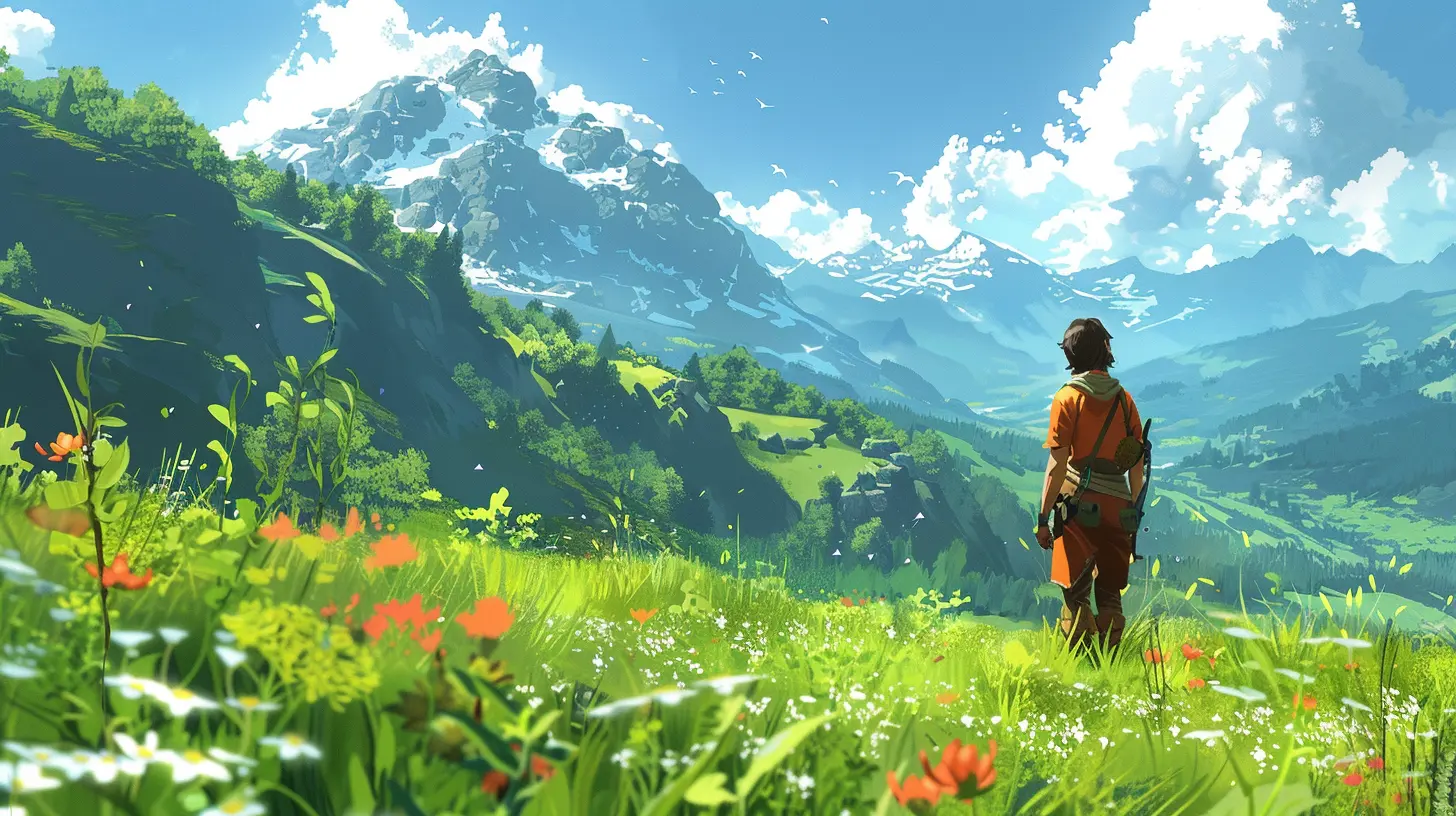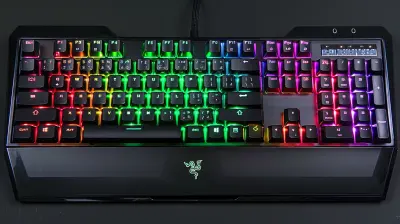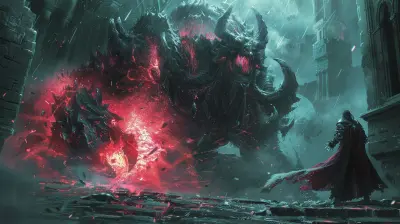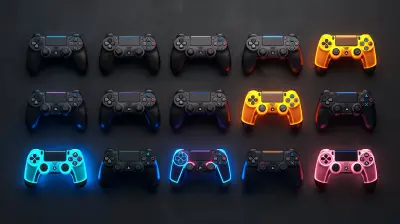The Impact of Crowdfunding on Game Development
20 June 2025
If you’ve been paying attention to the gaming industry over the past decade, you’ve probably noticed something fascinating: crowdfunding has become a bona fide game-changer for, well... games. It’s like a digital stage where fans, developers, and dreamers come together to bring ideas to life, and it’s shaking up the traditional ways of making games.
But what exactly makes crowdfunding so impactful for game development? Is it just a way for indie devs to get some cash to create quirky titles? Or does it go deeper than that? Let’s dive into how crowdfunding is redefining gaming as we know it, for better or worse. 
What Is Crowdfunding, Really?
Before we get ahead of ourselves, let’s break it down. Crowdfunding is essentially a way for people (and by “people,” I mean game developers in this case) to raise money directly from the public. No big studios, no middlemen—just creators pitching their ideas to potential players who are willing to back the project with their wallets.Platforms like Kickstarter, Indiegogo, and Patreon have made this process super accessible. Devs create campaigns with juicy promises, gameplay trailers, concept art, and backer rewards like early access or exclusive merch. Gamers, in turn, pledge money to support the projects they believe in. If the funding goal is met, the project moves forward. If not, it’s back to the drawing board.
Sounds simple, right? But crowdfunding isn’t just about raising money—it’s about creating a direct connection between creators and their audience. And that’s where the magic starts to unfold. 
Democratising Game Development
Think about the traditional route for game development for a second. You’ve got large publishers like EA or Ubisoft calling the shots. They’re the gatekeepers, deciding which games see the light of day based on profitability and market trends. While this makes business sense, it’s also limiting.Crowdfunding flips this script entirely. Suddenly, we, the players, become the gatekeepers. Developers pitch their ideas to the global community, and if enough people are interested, the game gets funded. It’s a little like voting with your wallet—an incredibly empowering process, don’t you think?
This shift has opened the floodgates for indie developers, in particular, who often struggle to secure funding through traditional means. From quirky passion projects to innovative gameplay mechanics that large publishers might consider “too risky,” crowdfunded games bring fresh ideas to the table.
Take a game like Undertale, for instance. Created by a single developer, Toby Fox, it started as a humble Kickstarter campaign. Today, it’s a cult classic that’s adored by fans and critics alike. Without crowdfunding, games like these might never exist. 
Strengthening the Player-Developer Connection
Here’s the thing: crowdfunding doesn’t just raise money. It builds a community. It allows developers and players to connect in ways that weren’t possible before. Backers feel like they’re part of something bigger, almost as if they’re co-creators of the game.Developers often share updates, behind-the-scenes looks, and exclusive content with their backers. This builds trust and loyalty, making the final release feel more personal and rewarding. It’s like getting a VIP backstage pass to watch your favorite band rehearse.
And let’s be honest—who wouldn’t want to be part of shaping the game they’re excited to play? Whether it’s voting on art styles or testing early builds, backers often have a direct say in development decisions. Crowdfunding essentially turns game creation into a collaborative process. 
Risks and Challenges of Crowdfunding
Of course, it’s not all sunshine and rainbows. Crowdfunding comes with its own set of challenges, and not every story has a happy ending. There’s a lot of pressure to deliver on promises, and sometimes developers bite off more than they can chew.Let’s be real—game development is hard. Even with the best intentions, delays, budget overruns, or scope creep can derail a project. And when that happens, it’s the backers who feel disappointed, or worse, betrayed. You might remember Mighty No. 9, a spiritual successor to Mega Man. It raised millions through crowdfunding but fell flat due to poor execution and unmet expectations.
Then there’s the issue of transparency. Backers essentially hand over their money with nothing but a promise in return. If developers aren’t clear about the progress or setbacks, it can lead to mistrust. And in the worst cases, there’s always the risk of outright scams.
Crowdfunding’s Impact on Game Innovation
Here’s a thought: could crowdfunding be responsible for pushing the boundaries of game innovation? I’d argue yes. Without the constraints of traditional publishers breathing down their necks, developers have the freedom to get experimental.Look at Star Citizen, an ongoing crowdfunding juggernaut. It’s ambitious to the point of being almost ridiculous—creating a sprawling space simulator with unmatched depth. While it’s faced significant delays, its sheer scale and vision wouldn’t have been possible without its backers.
Crowdfunding essentially encourages developers to think outside the box. Sure, not every idea will stick, and some might even fail spectacularly. But the successes often outweigh the failures, giving us games that redefine genres or create entirely new ones.
The Rise of Niche Gaming Communities
Another beautiful side effect of crowdfunding is how it nurtures niche gaming communities. Let’s face it, not every game needs to appeal to the masses. Some games are weird, specific, or cater to a very particular audience—and that’s perfectly okay.Crowdfunding allows these niche projects to thrive. Take Pillars of Eternity, for example. It brought old-school RPG fans together to fund a game that harkened back to the Baldur’s Gate era. The result? A critically acclaimed hit that rekindled love for a style of gaming that had largely fallen by the wayside.
Crowdfunding lets developers focus on creating games they’re genuinely passionate about, knowing their target audience is ready to support them. It’s the ultimate win-win situation.
How Big Studios Are Jumping on the Bandwagon
Yep, even the big dogs are starting to pay attention to crowdfunding. While it started as a haven for indie devs, larger studios have realized it’s also a brilliant marketing tool.Crowdfunding campaigns generate buzz, build hype, and give developers a way to gauge interest before committing to full production. It’s essentially a pre-order system, but with the added benefit of real-time feedback from the gaming community.
For example, when Shenmue III launched its Kickstarter campaign, it didn’t need crowdfunding, per se—its creators had access to traditional funding sources. But the campaign served as proof of fan loyalty, showing investors and publishers that there was still a market for the series.
Closing Thoughts
Crowdfunding has undeniably changed the landscape of game development. It’s given power to the players, leveled the playing field for indie creators, and fostered a spirit of collaboration and innovation.Sure, it’s not without its flaws. There are risks, and not every campaign succeeds. But when it works, crowdfunding feels like pure magic—a testament to what can happen when a community of dreamers comes together to make something extraordinary.
The next time you scroll past a new Kickstarter campaign for a game, take a moment to consider what’s happening behind the scenes. It’s not just a pitch; it’s an opportunity to shape the future of gaming. And who knows? The next crowdfunded gem might just become your all-time favorite.
all images in this post were generated using AI tools
Category:
Gaming NewsAuthor:

Stephanie Abbott
Discussion
rate this article
2 comments
Zeno Nelson
Funding dreams, players unite—creativity ignites in shared delight.
October 2, 2025 at 4:25 AM

Stephanie Abbott
Thank you! Crowdfunding truly empowers creativity and fosters collaboration, making game development a collective journey.
Delia McGee
Ah, crowdfunding—the magical realm where dreams become pixelated realities! It's like asking your friends to fund a pizza party, but instead of pepperoni, you get epic quests and the occasional existential crisis. Let’s just hope for a happy ending!
June 22, 2025 at 3:08 PM

Stephanie Abbott
Absolutely! Crowdfunding transforms ideas into reality, turning dreams into interactive experiences—complete with both thrilling adventures and the challenges that come with them. Here's to hoping for successful quests!


